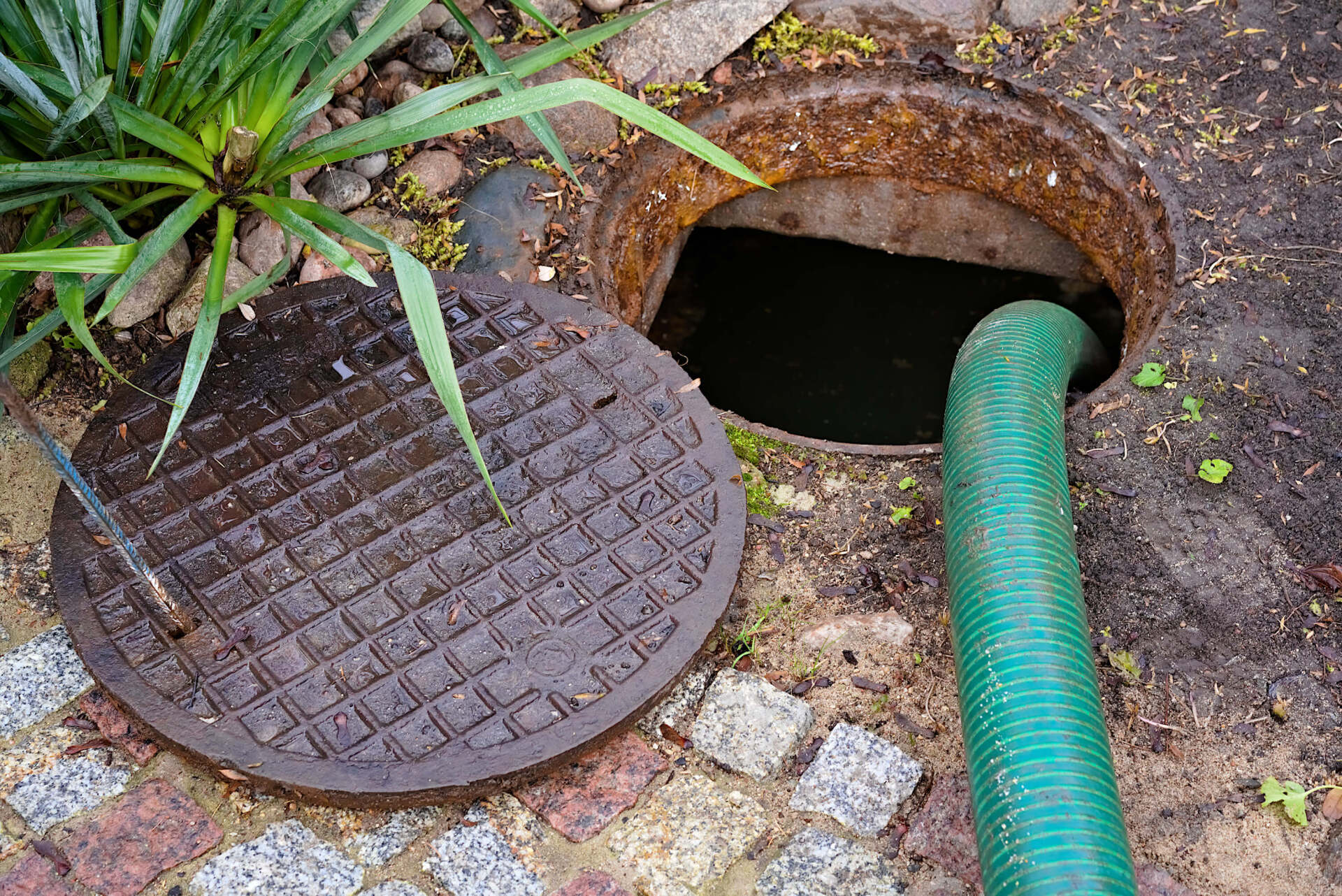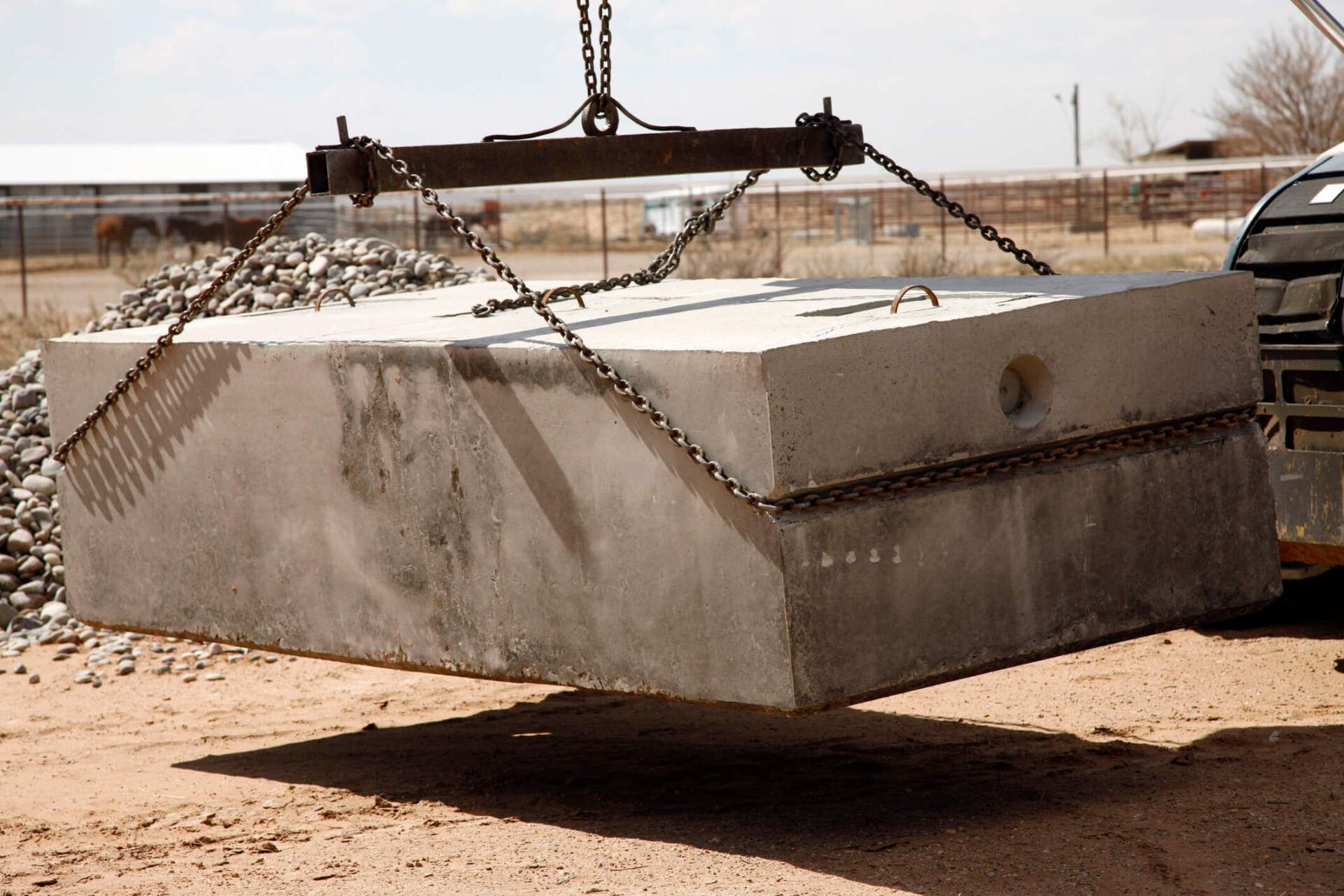Fast Facts About Your Septic System...
A septic tank is a large, underground watertight container, typically about 9 feet long, 5 feet wide, and 5 feet tall. Your septic tank connects directly to the existing home sewer line. Most septic tanks are designed with a 1,000-gallon liquid capacity; the total number of bedrooms within your home determines the size of the tank. Septic tanks are typically rectangular or cylindrical and are made of either concrete, fiberglass, or polyethylene.
Overflow of solid material into the soil absorption area is dangerous to both you and your property. When solids overflow, they clog the soil pores and cause septic systems to fail. One of the leading causes of solid material build-up and flood is bacterial deficiency. This problem is solved by simply maintenance of your design around every three years. If care is done correctly, the homeowner is saved thousands of dollars literally in the long run.
10 Tips for Maintaining Your Septic System.
- Above all, pump out your septic tank every 3 to 5 years.
- Apply a commercial-grade bacteria treatment to your system. Ideally, this is best done directly after pumping the tank. Bacteria are needed in the septic tank to digest organic solids. Typically, it is introduced into the septic system via household waste. Unfortunately, many everyday home care products such as anti-bacterial soaps, toilet cleaners, laundry, dish detergents, and bleaches kill bacteria.
- To avoid deep root planting and other damaging activities in the drain field area, make an accurate diagram showing the location of your tank, drain field, and replacement area. Refer to it before doing any digging.
- Keep a record of pumping, inspection, and other maintenance. Include the name, address, and phone number of the service company.
- To simplify tank access for inspection and maintenance, install a watertight concrete riser over the septic tank.
- The area over the drain field should be left undisturbed with only a mowed grass cover. Roots from nearby trees or shrubs may clog and damage your drain lines. Also, keep automobiles and heavy equipment off the drain field.
- Do not plan any building additions, pools, driveways, or other construction work near the septic tank, drain field, or the replacement drain field area.
- Do not flush non-biodegradable materials such as plastics, disposable diapers, sanitary napkins, or applicators. They rapidly fill up the tank and will clog the system.
- Restrict the use of your kitchen garbage disposal. It increases the number of solids in the tank by making them slower to decompose. Do not pour grease or cooking oils down the sink drain because they can solidify and clog the soil absorption field.
- Do not allow paints, motor oil, pesticides, fertilizers, or disinfectants to get into your septic system. They can pass directly through the septic system and contaminate groundwater. These chemicals can also kill the microorganisms that decompose waste and damage the drain field's soil.

